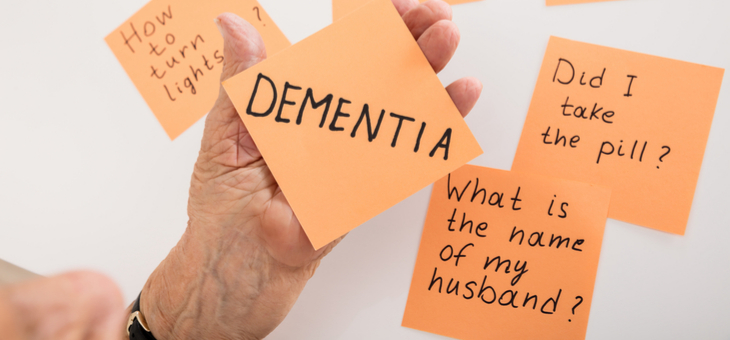Suffering a stroke can double the risk of dementia, a new study has found.
In Dementia Awareness Month and National Stroke Week, scientists are sounding alarm bells and calling for more vigorous campaigns to educate people about the warning signs of stroke and the significant benefits of making positive lifestyle choices.
In what is claimed to be the largest analysis of its kind, British researchers examined 48 studies that included 3.2 million people worldwide. The results were published in the medical journal Alzheimer’s & Dementia, The Journal of the Alzheimer’s Association.
“We found that a history of stroke increases dementia risk by around 70 per cent, and recent strokes more than doubled the risk,” said researcher Dr Ilianna Lourida, from the University of Exeter Medical School.
“Given how common both stroke and dementia are, this strong link is an important finding,” Dr Lourida said. “Improvements in stroke prevention and post-stroke care may therefore play a key role in dementia prevention.”
The study lists high blood pressure, diabetes and cardiovascular disease as key risk factors for stroke and says that potentially, all can be prevented or treated.
Dementia and stroke rates are lower in people who lead an active lifestyle and maintain a good diet and a healthy weight. Being overweight increases the risk of having an ischaemic stroke (the most common type that is usually caused by a blood clot) by 22 per cent, according to the Stroke Association and being obese increases it by 64 per cent.
Study author Dr David Llewellyn said research indicated that about one-third of dementia cases were potentially preventable. “Our findings indicate that this figure could be even higher, and reinforce the importance of protecting the blood supply to the brain when attempting to reduce the global burden of dementia.”
Meanwhile, a new 3D-imaging diagnostic device being developed at the Australian National University could dramatically reduce the rate of strokes and heart attacks by identifying those most at risk of a blood clot.
Researchers say the new device could detect a dangerous clot before it happens after assessing a small sample of a patient’s blood.
“We actually will be able to build a predictive model where we can look at a person’s blood characteristics and how they perform in this device, and it will give us information about what’s actually happening in the patient right now,” one of the project’s leads, Associate Professor Elizabeth Gardiner, told abc.net.au.
“We can also develop a picture of what a person who goes on to form a thrombus (blood clot) looks like now.
“In the future, that will be the basis to say, ‘If a person sits in this red sector then we need to medicate the person now’.”
Professor Gardiner said while such an assessment was currently possible, it was not a real-time evaluation and required a slew of relatively intensive tests. She hoped the device could be used in practical settings in two to three years.
Read the full article here.
For more information about the warning signs of stroke, go to the Stroke Foundation’s Enable Me page.
Do you know the warning signs of stroke? Do you know how to respond? What would you like to know about dementia in Dementia Awareness Month?
Related articles:
Reduce your risk of stroke
Dementia prevention starts when?
Dementia ‘cures’ under microscope

